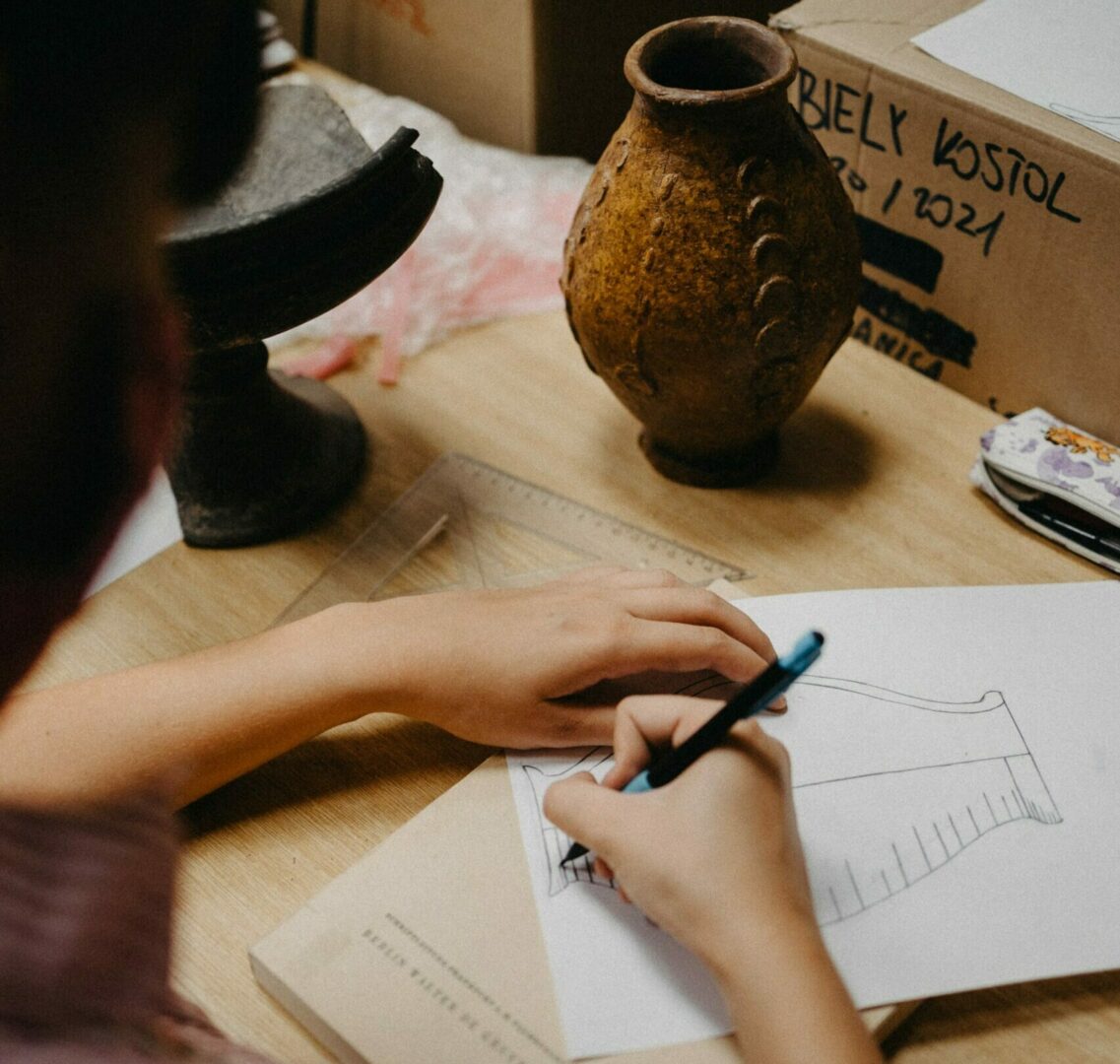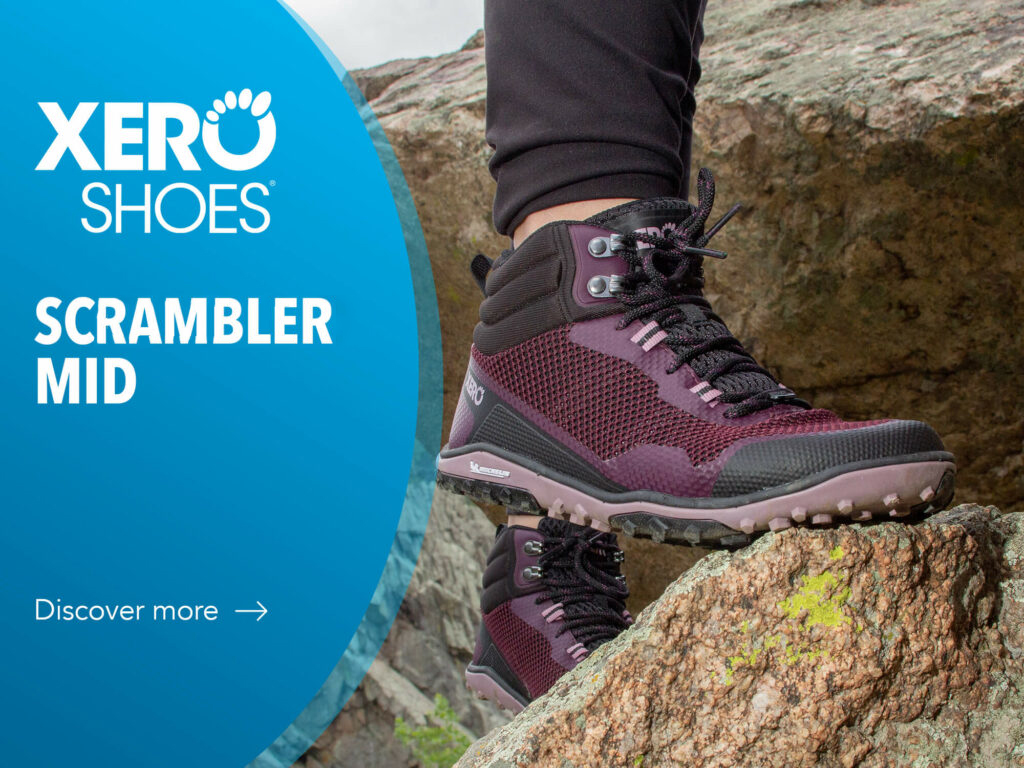When we work, we need to be in a position and in a context that knows how to put everyone in a position to be able to carry out their activities safely and in the best possible way.
In this article we want to emphasize a very specific reality. We want to tell you about all those people who find themselves working in two seemingly different but extremely related contexts…the office and construction sites.
First of all, who works in these places?
The first people who come to mind are site technicians.

They are all those people who work mainly in construction companies, where they hold the function of coordinating various activities, and for this reason their tasks alternate between the office and construction sites. Specifically, in an office, these figures are responsible for managing preparation work, drawing up construction plans, setting up the order of materials and much more.
On the construction site, on the other hand, they have to supervise the progress of the work carried out by the chief masons, make sure that all safety regulations are observed and also supervise the employees in terms of human relations and contacts with the company.
Site technicians, like others who may switch between these two places, need proper equipment and shoes that know how to be, especially for construction sites, compliant and safe.
The footwear for construction sites
Protective shoes, or also called “safety” shoes, are a precise type of footwear that is intended to protect the foot and the person while working.
In general, and not only for construction sites and offices, these types of shoes must have minimum safety requirements that are always found but, depending on the models and the working staff they are intended for, they may have precise optional features.
Regarding current European safety standards, there are categories ranging from S1 to S5 that certify the degree of protection.
- SB work shoes: These are the basic safety shoes equipped with the minimum requirements such as a very strong toe cap, a crust leather or microfiber upper, and that it is of a required minimum height.
- S1 work shoes: These are those shoes that, in addition to the characteristics of SB, have a hydrocarbon-resistant sole, have good energy absorption capacity at the heel, and are anti-static
- S2 work shoes: This type has the added bonus of including completely waterproof footwear due to specific materials used in the construction of the upper
- S3 work shoe: They have as an addition a sole featuring hydrocarbon-resistant lugs

Ftg-Safety | LINE REVOLUTION TOUR
Photo credit: ftg-safety website
S4 and S5 work shoes: These last two categories are very similar. They include shoes that can resist total immersion, and specifically S4s have a reinforced toe cap, a slip-resistant, anti-static sole, and offer heel protection. S5s, on the other hand, have protection against possible punctures as an addition.
Who wears these shoes at construction sites
Having established that safety shoes are needed to enter a construction site, it is fair to ask who should wear them.
These shoes must be worn by anyone who enters a construction site: from technicians, to construction workers, to customers or owners of the place.
Of all the categories mentioned above, it is good to point out that in order to enter a construction site and be in compliance, it is necessary to use S3 category shoes because, going into more specifics, they have a reinforced toe cap, a waterproof upper, a non-slip and anti-static sole, but most importantly, they are designed with an anti-puncture lamina.

On a construction site we can find materials or dangers of various kinds, which is precisely why there is a need and obligation to use shoes that know how to protect against liquids, hard materials and more. Fortunately, there are various brands and types of footwear on the market that know how to meet these standards and meet the needs of individuals.
Diadora and its focus on safety
One brand that certainly offers a wide range of choices is Diadora.
Founded in 1948 in the Veneto region of Italy, Diadora offers clothing and especially footwear, knits, and other items such as backpacks and bags.
As for the section on safety shoes, the Italian brand offers many types of shoes by initially dividing them into high and low ones, but each has features and materials that manage to make people safe and maintain comfort even in places such as offices.
An example of a Diadora signature shoe that falls into the S3 category might be the Shark Stab Imp Leat Mid S3 SRC ESD.

Photo credit: Diadora website
It is a shoe made of split leather, water-repellent and with a Stable Impact System cushioning technology. The foot is made safe mainly because of the toe cap made of aluminum and the heel made of TPU, that is, a highly abrasion-resistant toe cap that also protects you from possible direct stresses you may be exposed to.
One important aspect that may go by the wayside is that this type of shoe, which Diadora and other brands have developed, in addition to offering safety is designed to be comfortable. That is to say, they are footwear that can also be used outside of construction sites, such as in the office or on a daily basis, precisely because they have found an excellent combination of practicality and shoe comfort.
You may also be interested in the following articles:

Archaeologist’s Life: Discovering History with Gloves and Shoes
Join us at an archaeological site. Learn about the life of an archaeologist and his choice of shoes.

Top Office Trends for Everyday Life
Finding the perfect look to go to work every day can be difficult, so we’ve prepared some tips that can help you!













































